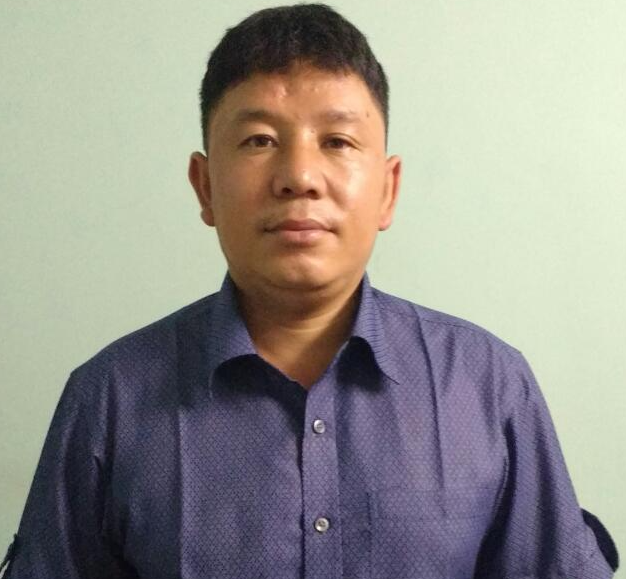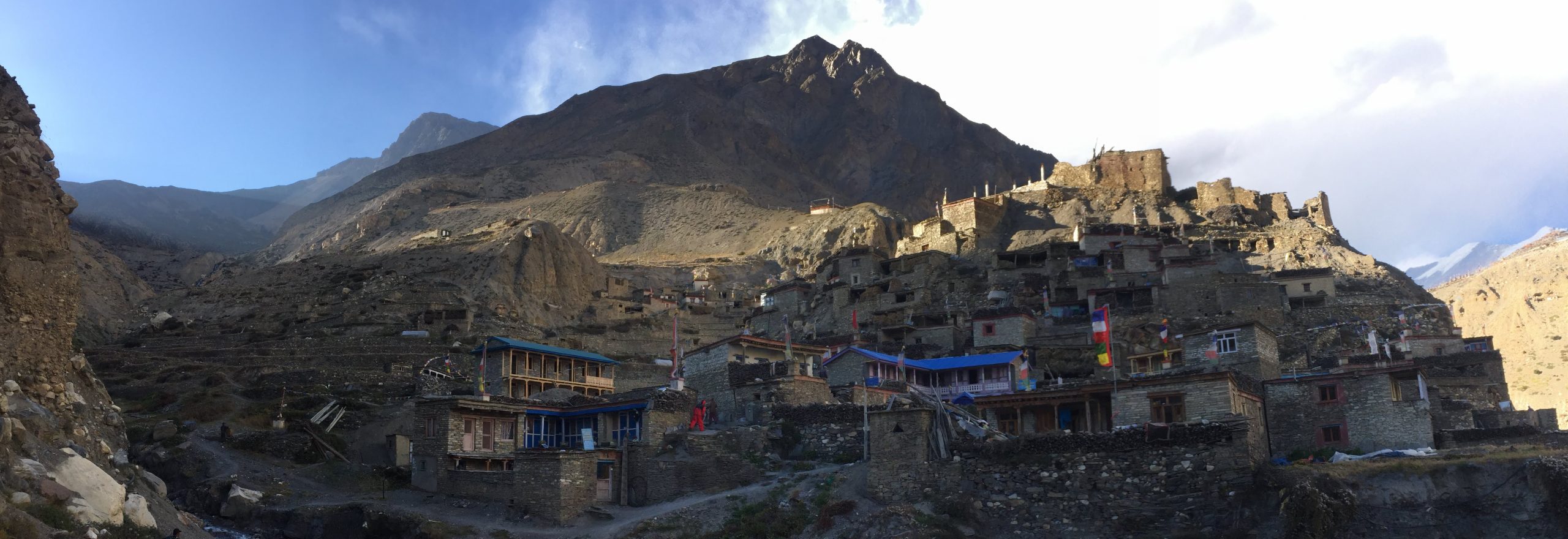Annapurna Base Camp Treks Overview
Annapurna Base Camp (ABC) Trek is one of the most scenic and rewarding trekking adventures in Nepal, drawing thousands of trekkers each year from around the world. This moderate trek offers a unique blend of natural beauty, rich cultural heritage, and dramatic mountain views, all leading to the foot of the majestic Mt. Annapurna I (8,091m), the tenth highest peak in the world. The trek is ideal for both experienced hikers and beginners who are looking for a Himalayan experience without extreme altitude.
The trail to ABC winds through diverse landscapes — from terraced farmlands and traditional Gurung and Magar villages to dense rhododendron and bamboo forests. As you ascend higher, the lush greenery slowly gives way to alpine terrain, revealing panoramic views of towering snow-capped peaks like Machhapuchhre (Fishtail), Annapurna South, Hiunchuli, and Gangapurna. The changing scenery keeps every day of the journey exciting and visually captivating.
One of the cultural highlights of this trek is the warm hospitality of the local people. Villages like Ghandruk, Chhomrong, and Sinuwa offer not only accommodation and meals but also a glimpse into traditional Himalayan lifestyles. The Gurung culture, with its unique customs, dress, and traditions, is especially prominent along this route. Many trekkers enjoy homestay experiences or interacting with locals in tea houses to learn more about their way of life.
Reaching Annapurna Base Camp (4,130m) is a deeply satisfying moment. Surrounded by a natural amphitheater of towering peaks, trekkers often describe it as a spiritual and humbling experience. The sunrise from the base camp, illuminating the icy walls of the Annapurna range, is simply unforgettable. This place, also known as the Annapurna Sanctuary, feels like a sacred natural cathedral in the heart of the Himalayas.
Adding to the appeal of the ABC Trek is the opportunity to relax in natural hot springs at Jhinu Danda on the way down. Soaking in warm waters after several days of trekking is the perfect way to unwind and reflect on the adventure. It’s a favorite stop for many trekkers before making their way back to Pokhara.
The trek typically takes about 7 to 12 days, depending on the route and pace. The best seasons to undertake the Annapurna Base Camp Trek are spring (March–May) and autumn (September–November), when the skies are clear, and the weather is stable. Proper trekking gear, a good level of fitness, and acclimatization are important for a comfortable and successful trek.
Whether you’re chasing mountain dreams or seeking a peaceful journey into nature, the Annapurna Base Camp Trek delivers a once-in-a-lifetime Himalayan experience. With its awe-inspiring views, cultural charm, and achievable trail, it’s no wonder ABC is considered one of the best trekking routes in the world.



 Have Questions?
Have Questions?



